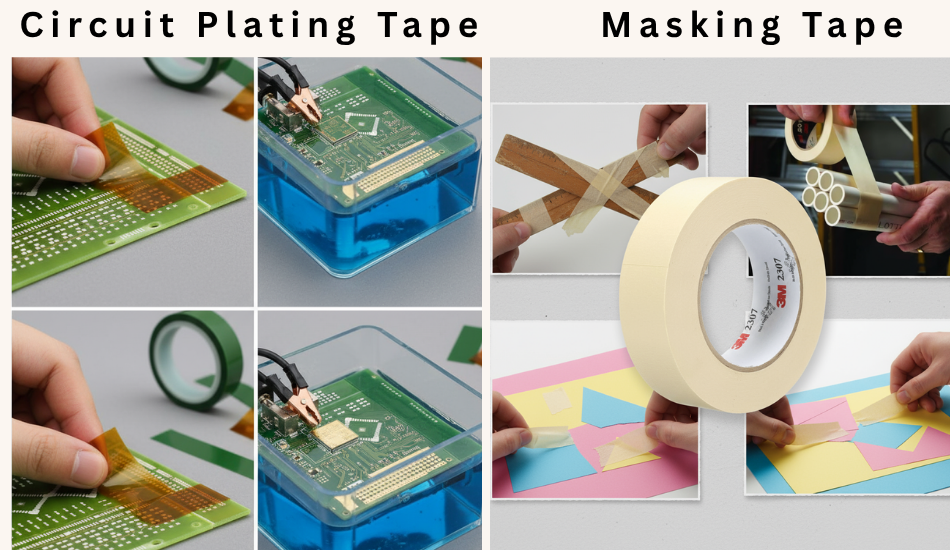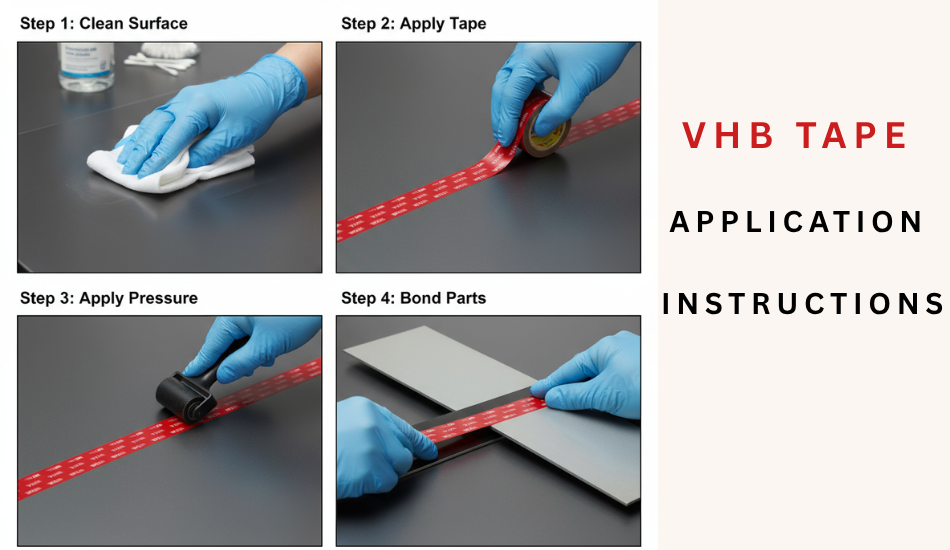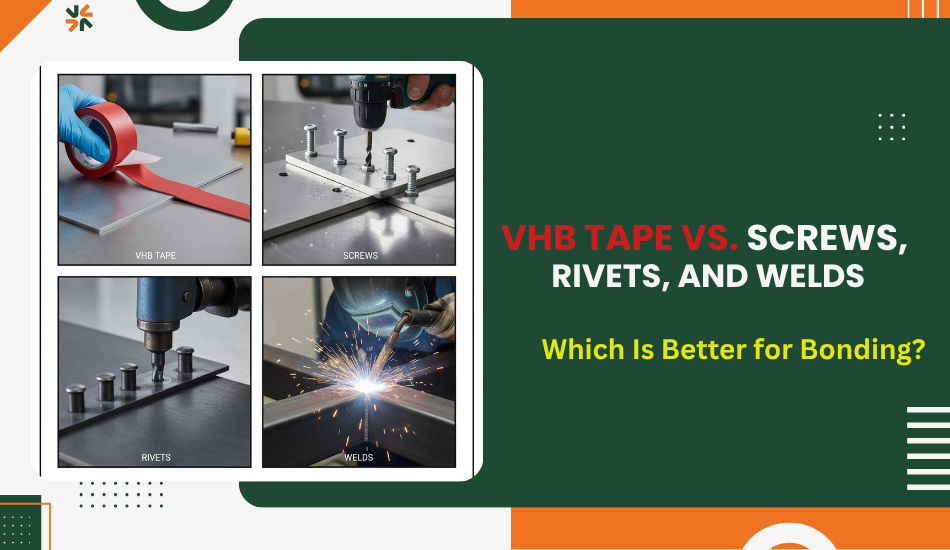Introduction to VHB Tape Very High Bond (VHB) tape has completely revolutionized the joining of materials in the minds of engineers and builders. It can…
Extreme Sealing Tape vs. Regular Adhesive Tapes: Key Differences You Should Know
Introduction to Adhesive Tapes Why Adhesive Tapes Are Used in Industrial and Household Applications? Adhesive tapes are the most convenient way of joining, sealing,…

Circuit Plating Tape vs. Regular Masking Tape: Key Differences Explained
Adhesive tapes are part of our everyday life. We use them at home for small fixes, in offices for packaging, and in industries for large-scale…

Step-by-Step Tips for Using VHB Tape to Get the Best Results
In industries like automotive, construction, electronics, and general manufacturing, achieving a strong and reliable bond is essential. Whether you are attaching a car emblem, assembling…

VHB Tape vs. Screws, Rivets, and Welds: Which Is Better for Bonding?
Bonding materials securely is crucial in modern industries like automotive, construction, electronics, and aerospace. The right choice affects not just strength but also durability, weight,…
What Is Extreme Sealing Tape and Why It’s Better Than Traditional Sealants
Sealing things properly matters more than we often realise. Whether it’s a leaky roof, a gap in a window frame, or even automotive panels, a…
Top Industrial Applications of Extreme Sealing Tape: From Roofing to Automobiles
In industries where durability and reliability are non-negotiable, sealing solutions play a vital role. From preventing water leakage on roofs to protecting sensitive automotive components,…
What is Circuit Plating Tape and Why is it Essential in PCB Manufacturing
Printed Circuit Boards (PCBs) are the backbone of all modern electronic devices, from smartphones to medical equipment. The manufacturing process of PCBs requires extreme precision,…
Why 3M VHB Tape is the Best Double-Sided Tape for Metal and Plastic Bonding
The Need for Strong Metal and Plastic Bonding Bonding metal to plastic has always been a challenge. Metals are usually smooth, rigid, and high in…
